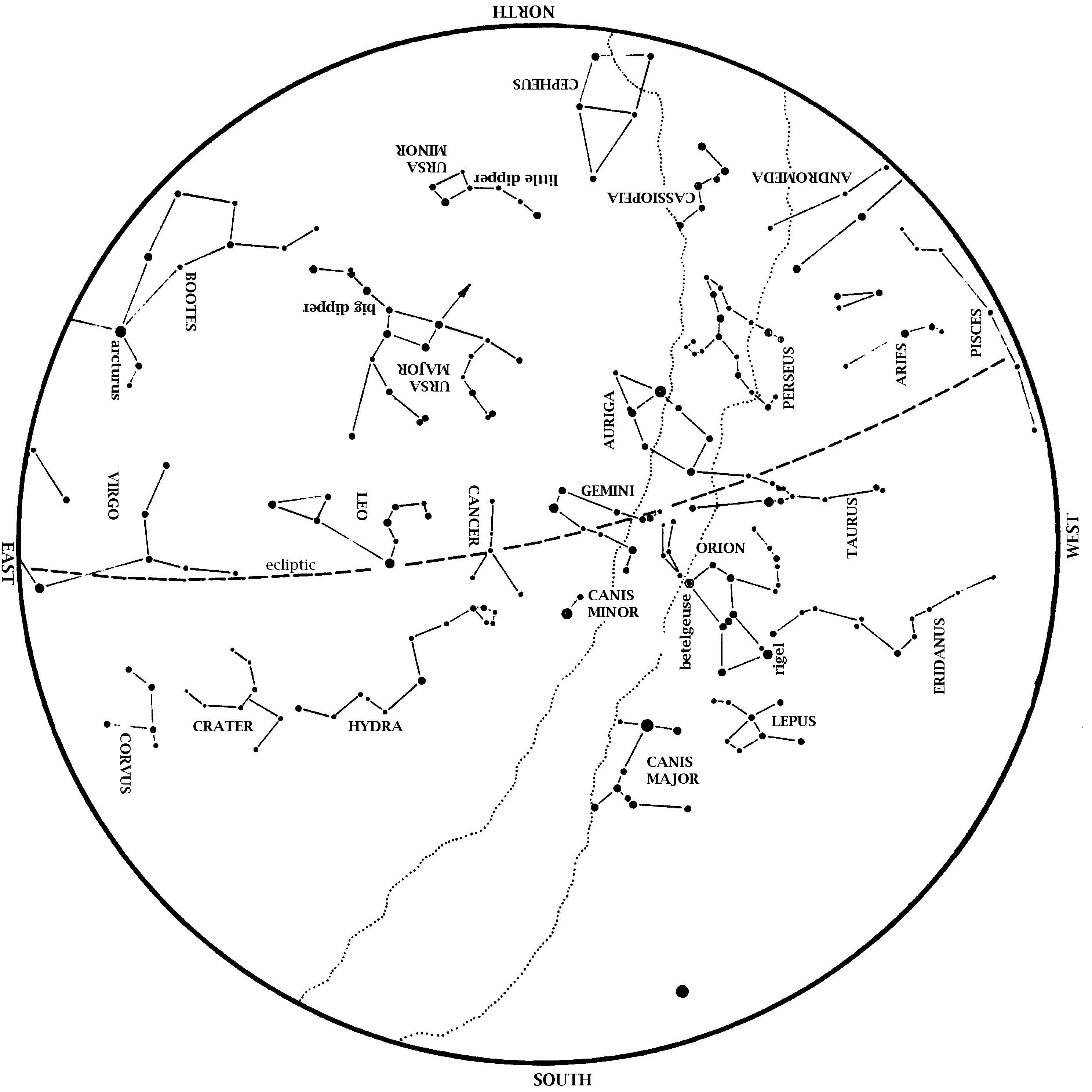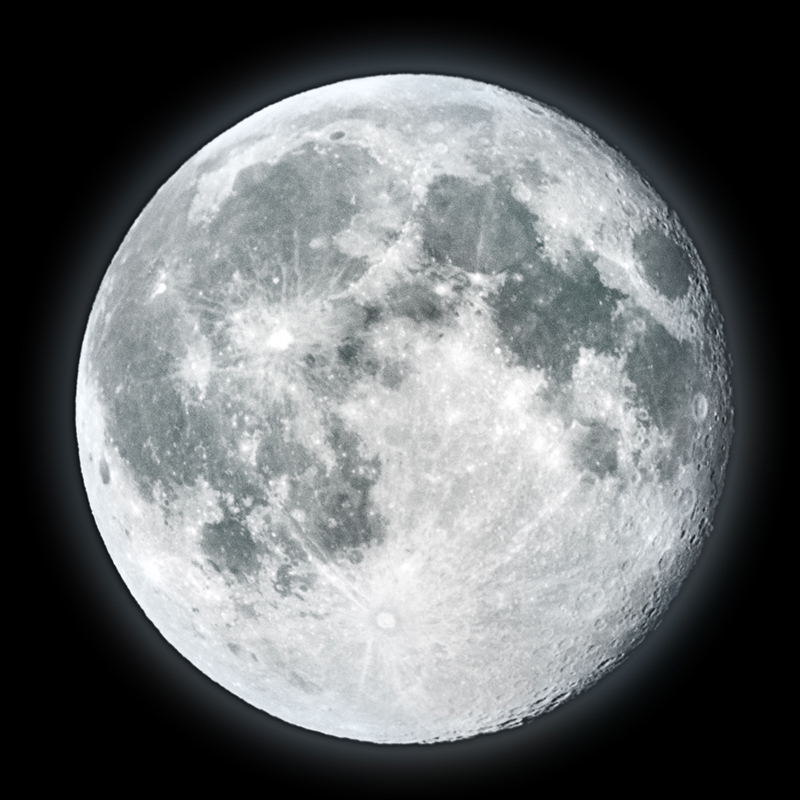
Venus leaves the evening sky this month. (In fact, it is coming around to our side of the Sun, about to overtake the Earth.) Look in the west in evening twilight. Venus is noticeably lower to the horizon each evening, until is lost in the Sun’s glare after Spring Break. How long can you still follow it? After aligning with the Sun on March 25, Venus reemerges into the morning sky by April. In fact, since Venus moves slightly above the plane of Earth’s orbit, sharp-eyed observers with clear horizons to the east and west can observe Venus both at dawn and at dusk for a few days before and after March 25. If you want to try it, you need to look right after sundown and right before sunset, low to the horizon right near where the Sun just set/will rise.
Mercury, rarely seen at night because it is so close to the Sun, makes an evening appearance towards the end of March. Right as Venus leaves the evening sky, you can watch as Mercury begins to appear. Face west at dusk and look right over the point of sunset after about March 20.
Mars remains in the west at dusk. Mars continues to fade each night as Earth leaves it farther and farther behind.
Jupiter is now a late evening object. It rises at about 9:20 pm on March 1, and during evening twilight by March 31. Look in the east-southeast at dusk my month’s end. Only the Sun, the Moon, and Venus outshine Jupiter.
Saturn is in the south at dawn this month, more towards the southwest by month’s end.

This star map shows the Houston sky at 9 pm CST on March 1, 9 pm CDT on March 15, and dusk on March 31. To use the map, put the direction you are facing at the bottom. Taurus, the Bull, is now high in the west. Dazzling Orion, the Hunter is high in the southwest, with his two dogs behind him. Sirius, the Big Dog Star, is the brightest star we ever see at night. Look for Canopus on the southern horizon below Sirius. In the north, the Big Dipper is higher in the sky. Jupiter is in Virgo, the Virgin, which rises in the east. These stars, along with Arcturus, announce the coming spring.
Brilliant winter stars shift towards the southwest during March. Dazzling Orion is almost due south at dusk. His three-starred belt is halfway between reddish Betelgeuse and bluish Rigel. Orion’s belt points up to Aldebaran in Taurus the Bull. To Orion’s upper left are the twin stars Castor and Pollux, marking the heads of Gemini, the Twins. You can find Sirius, the brightest star we ever see at night, by drawing a line from Orion’s belt towards the horizon. To Orion’s left, about level with Betelgeuse, is Procyon, the Little Dog Star.
From Sirius, look a little bit to the right and then straight down to the horizon. If your southern horizon is clear of clouds and tall earthly obstacles, you’ll see Canopus, the second brightest star ever visible at night. This star is so far south that most Americans never see it and many star maps made in the USA omit it. (You must be south of 37 degrees north—the latitude of the USA’s Four Corners—for Canopus to rise). As you view Canopus, keep in mind that the sky we see depends on our latitude as well as on time of year and time of night.
Joining the winter stars are stars of spring rising in the east. Look for Leo, the Lion at dusk. Later in the evening, extend the Big Dipper’s handle to ‘Arc to Arcturus’ and then ‘speed on to Spica’; these stars rise at about 10:00 in early March but by 9 p.m. on the 31st.

Moon Phases in March 2017:
1st Quarter Mar. 5, 5:33 a.m.
Full Mar. 12, 9:54 a.m.
Last Quarter Mar. 20, 11:01 a.m.
New Mar. 27, 9:59 p.m.
Sunday, March 12, is the second Sunday of March. Accordingly, Daylight Saving Time begins at 2:00 am on this date. (The time jumps from 1:59 am to 3:00, skipping the 2:00 hour). Don’t forget to set your clocks forward one hour Saturday night, March 11!
At 5:28 am on Monday, March 20, 2017, the Sun is directly overhead at the equator, shifting northwards. Therefore, this is the vernal equinox, often called the first day of spring. On this day everyone has the same amount of daylight. After this day, day is longer than night for us in the Northern Hemisphere. Below the equator, night becomes longer than day after this date, making this the autumnal (fall) equinox for them.
Come see us Saturday nights at the George Observatory! On most clear Saturday nights at the George Observatory, you can hear me do live star tours on the observation deck with a green laser pointer.





